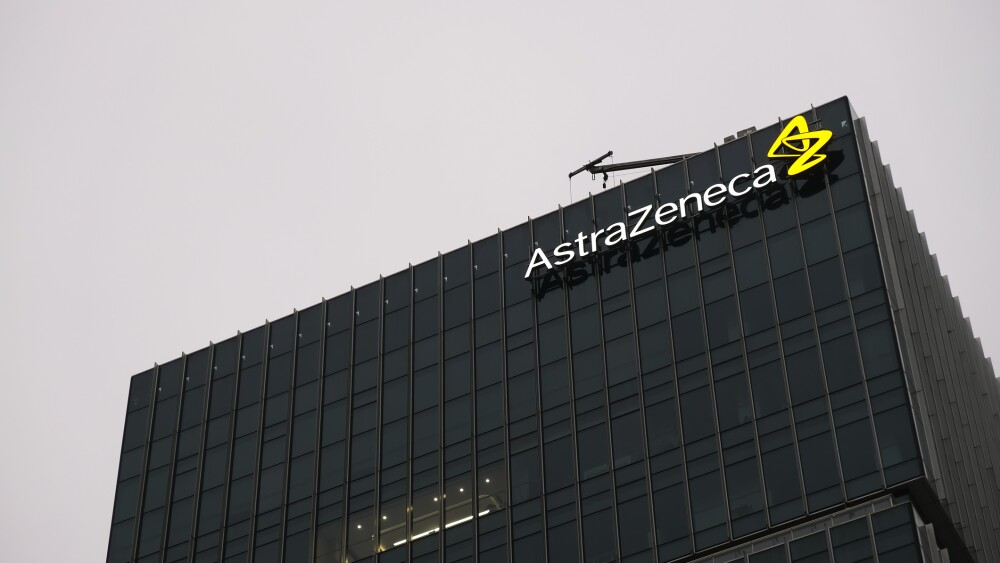Subdural Haematoma Market Outlook 2025-2035:
The 7 major subdural haematoma market reached a value of USD 159.5 Million in 2024. Looking forward, IMARC Group expects the 7MM to reach USD 235.1 Million by 2035, exhibiting a growth rate (CAGR) of 3.58% during 2025-2035. The subdural hematoma market is expanding because of an increasing number of head injuries and traumatic brain injuries among elderly people who are at higher risk for chronic conditions. Neurosurgical procedures benefit from current innovations which also include minimal approach surgery options. The market is further driven by the integration of improved diagnostic methods and increased healthcare investments as well as heightened patient knowledge and enhanced imaging capabilities. Additionally, the development of new research initiatives regarding treatments and diagnostic instruments is fueling the market demand. The increasing demand for improved post-operative treatment combined with rehabilitation services is also propelling the market growth.
Surge in Head Injuries and Traumatic Brain Damage: Driving the Subdural Haematoma
The subdural hematoma (SDH) market is expanding because of increasing occurrences of head trauma together with brain injury. The number of SDH cases increases because of rising road accidents and elderly population falls and injuries from sports activities and violent assaults. The aging population throughout developed nations contributes to higher SDH rates because aging adults have increased susceptibility to chronic subdural hemorrhage both from brain atrophy and anticoagulant medication use. Additionally, the growing awareness and advancements in neuroimaging techniques have led to early detection and improved treatment options. Innovations in minimally invasive neurosurgical procedures, including endoscopic and catheter-based drainage, are improving patient outcomes and driving market expansion. Moreover, the growing investments made for trauma centers and new neurosurgical infrastructure are supporting the market growth. Treatments for SDH are also growing due to the increasing demand from the military sector due to conflict zone head trauma as well as from contact sports participants who sustain injuries in football and boxing competitions. With ongoing clinical research into novel therapeutic interventions, including anti-inflammatory drugs and regenerative medicine, the market is poised for sustained growth.
Request a PDF Sample Report: https://www.imarcgroup.com/subdural-haematoma-market/requestsample
Development of Novel Therapies and Pharmacological Treatments: Contributing to Market Expansion
The development of novel therapies and pharmacological treatments is significantly contributing to the market expansion for subdural hematoma (SDH) treatment. Traditionally managed through surgical interventions such as burr hole drainage and craniotomy, emerging non-surgical approaches are reshaping the landscape. The introduction of pharmacological agents, including anti-inflammatory drugs, antifibrinolytics, and statins, is reducing the need for invasive procedures. Growth in regenerative medicine and neuroprotective therapies is further enhancing treatment options. Studies on novel medications like tranexamic acid are demonstrating the potential to improve patient outcomes and treatment success. Advancements in biomaterials and drug-eluting implants are optimizing post-operative recovery. AI-driven diagnostic tools are aiding early detection and personalized treatment plans. Increased R&D investment and collaborations between pharmaceutical companies and research institutions are accelerating drug development. The growing aging population, at higher risk of chronic SDH, is fuelling demand for non-invasive treatments. Regulatory support and fast-track designations for promising therapies are expediting market entry. These advancements collectively drive market expansion, offering safer and more effective treatment alternatives.
Buy Full Report: https://www.imarcgroup.com/checkout?id=6682&method=809
Regional Analysis:
The major markets for subdural haematoma include the United States, Germany, France, the United Kingdom, Italy, Spain, and Japan. According to projections by IMARC, the United States has the largest patient pool for subdural haematoma while also representing the biggest market for its treatment. Recent advancements in the management of subdural hematoma (SDH) include the development of less invasive surgical techniques, such as endoscopic procedures, which help reduce recovery time and complications compared to traditional craniotomy. Imaging technologies, especially high-resolution CT and MRI scans have improved the ability to diagnose and monitor SDH more accurately. Additionally, there is growing interest in neuroprotective treatments to minimize brain damage after an SDH. The application of artificial intelligence is also being explored to predict patient outcomes and assist in treatment decisions.
Recent Developments in Subdural Haematoma Market:
· In December 2024, A groundbreaking study by UB Neurosurgeons and Weill Cornell Medicine has shown a threefold reduction in repeat procedures for chronic subdural hematoma. Published in The New England Journal of Medicine, the EMBOLISE study followed 400 patients across 39 hospitals, testing middle meningeal artery embolization, a technique that blocks blood flow to the dura to prevent recurrence.
Key information covered in the report.
Base Year: 2024
Historical Period: 2019-2024
Market Forecast: 2025-2035
Countries Covered
- United States
- Germany
- France
- United Kingdom
- Italy
- Spain
- Japan
Analysis Covered Across Each Country
- Historical, current, and future epidemiology scenario
- Historical, current, and future performance of the subdural haematoma market
- Historical, current, and future performance of various therapeutic categories in the market
- Sales of various drugs across the subdural haematoma market
- Reimbursement scenario in the market
- In-market and pipeline drugs
Competitive Landscape:
This report offers a comprehensive analysis of current subdural haematoma marketed drugs and late-stage pipeline drugs.
In-Market Drugs
- Drug Overview
- Mechanism of Action
- Regulatory Status
- Clinical Trial Results
- Drug Uptake and Market Performance
Late-Stage Pipeline Drugs
- Drug Overview
- Mechanism of Action
- Regulatory Status
- Clinical Trial Results
- Drug Uptake and Market Performance
Ask Our Expert & Browse Full Report with TOC: https://www.imarcgroup.com/subdural-haematoma-market/toc
IMARC Group Offer Other Reports:
Ringworm Market The 7 major ringworm markets are expected to exhibit a CAGR of 3.55% during 2025-2035.
Somatotropin Deficiency Market The 7 major somatotropin deficiency markets are expected to exhibit a CAGR of 3.99% during 2024-2034.
Brain Hemorrhage Market: The 7 major brain hemorrhage markets reached a value of US$ 136.6 Million in 2023. Looking forward, IMARC Group expects the 7MM to reach US$ 211.0 Million by 2034, exhibiting a growth rate (CAGR) of 4.03% during 2024-2034.
Arteriovenous Malformations Market: The 7 major arteriovenous malformations markets are expected to exhibit a CAGR of 6.1% during 2024-2034.
Concussions Market: The 7 major concussions markets reached a value of US$ 792.2 Million in 2023. Looking forward, IMARC Group expects the 7MM to reach US$ 1,069.3 Million by 2034, exhibiting a growth rate (CAGR) of 2.76% during 2024-2034.
Traumatic Brain Injury Market: The 7 major traumatic brain injury markets are expected to exhibit a CAGR of 3.36% during 2024-2034.
Contact US
IMARC Group
134 N 4th St. Brooklyn, NY 11249, USA
Email: Sales@imarcgroup.com
Tel No:(D) +91 120 433 0800
Phone Number: - +1 631 791 1145, +91-120-433-0800





